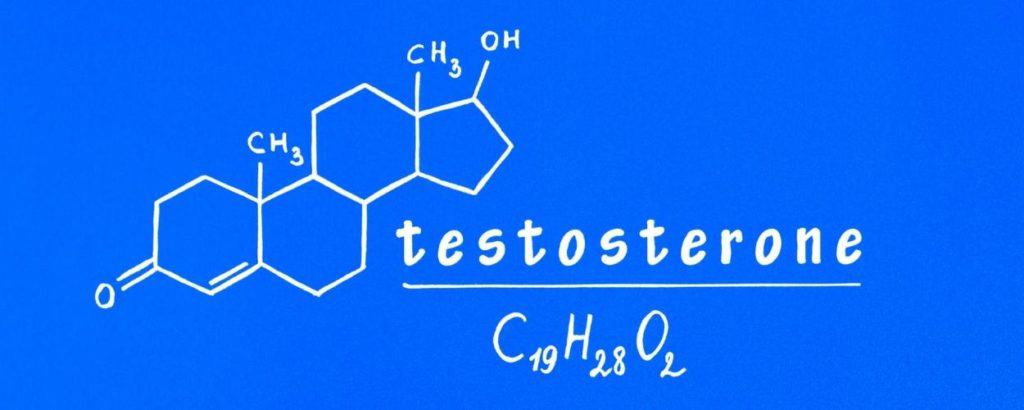
testosterone replacement therapy santa rosa ca
testosterone replacement therapy reddit
You must be entirely comfortable with the provider's knowledge of TRT; otherwise, you need to be in the right place.
A comprehensive guide to the benefits and risks of testosterone replacement therapy can help men understand this treatment's potential advantages and disadvantages. Testosterone replacement therapy, or TRT, is a hormone replacement therapy used to treat men with symptomatic low testosterone. It involves taking hormones like testosterone to supplement the body's naturally-occurring testosterone. While it can help those with low testosterone levels, it can also come with several risks. These include an increased risk of prostate cancer, cardiovascular issues, and gynecomastia. It is also important to note that there is evidence suggesting that testosterone replacement therapy may increase the risk of stroke. It is essential to consult a physician before beginning any hormone replacement therapy to assess the potential health risks and benefits. Furthermore, it is often recommended that patients discuss the potential side effects with a healthcare provider to ensure they are comfortable with the potential risks. While testosterone replacement therapy can be beneficial for men with low testosterone levels, it is important to understand the potential risks and benefits before beginning any hormone replacement therapy.
A great way to make sure you are doing this correctly is to repeat the words in your own words and verify that you understood.




